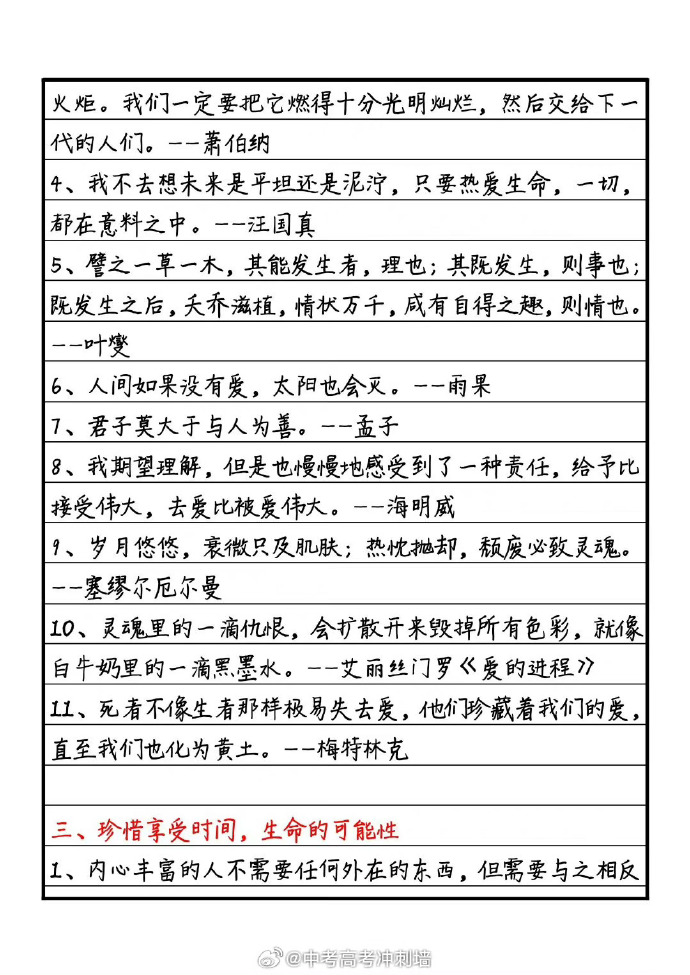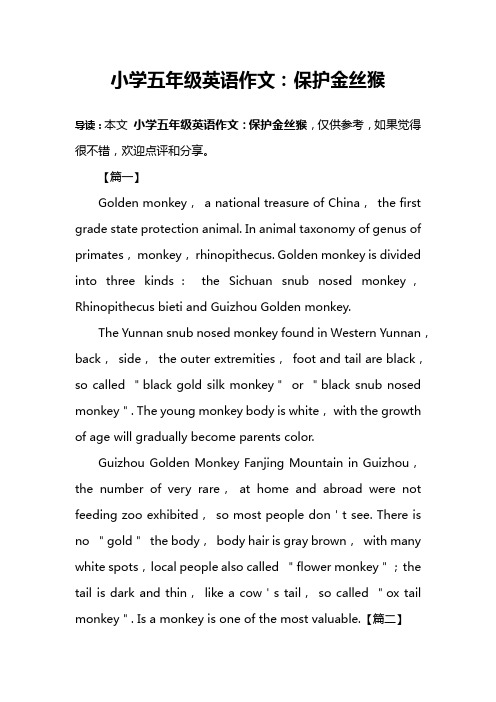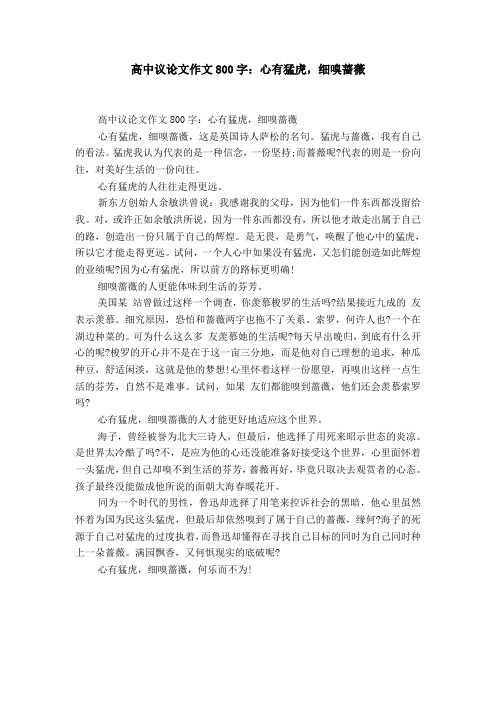Wildlife protection is of paramount importance in maintaining the ecological balance and biodiversity of our planet. It concerns not only the survival of various species but also has a profound impact on human life and the health of the natural environment.

To begin with, preserving wildlife is essential for maintaining ecological balance. In nature, every species has its unique role and function in the food chain and ecosystem. For example, predators like wolves help control the population of herbivores such as deer. If the wolf population were to decline sharply due to hunting or habitat loss, the number of deer would increase uncontrollably. This would lead to overgrazing, which in turn would damage the vegetation and soil, causing a series of negative effects on the entire ecosystem. Similarly, bees play a crucial role in pollination. They help transfer pollen from one flower to another as they collect nectar, enabling plants to reproduce and ensuring the growth of many crops that humans rely on for food. Without bees, the agricultural industry would face huge challenges, and the food supply for humans would be severely affected.
Secondly, wildlife protection is closely related to human health. Many wild animals carry diseases, and when their living environments are disturbed or they come into close contact with humans due to habitat encroachment or illegal hunting, these diseases may spread to humans. The outbreak of COVID - 19 is believed to be related to the transmission of the virus from bats to humans. By protecting wildlife and respecting their natural habitats, we can reduce the risk of such cross - species disease transmission. Moreover, traditional medicines derived from wild animals have led to overhunting and even extinction of some species. However, with the development of modern medical technology, we can find alternative sources for medicines, thus avoiding the need to exploit wild animals and preserving their populations. For instance, scientists have found that certain plants contain compounds with similar medicinal properties to those extracted from wild animals traditionally used in folk medicine.
Thirdly, safeguarding wildlife enriches cultural and educational values. Many wildlife species hold symbolic meanings in different cultures. For example, the panda is a national treasure in China, representing peace and friendship. People from all over the world come to China to see the pandas in zoos, which promotes cultural exchange and understanding. Additionally, observing and studying wild animals can inspire people's interest in science and nature. Schools often organize field trips to nature reserves where students can learn about the behaviors and characteristics of wildlife firsthand, fostering a sense of environmental awareness and conservation responsibility from a young age.

In conclusion, protecting wildlife is a collective responsibility that requires the joint efforts of governments, organizations, and individuals. We should strengthen laws and regulations to prohibit illegal hunting and trading of wildlife, establish more protected areas to provide safe habitats for them, and raise public awareness about the significance of wildlife conservation. Only by doing so can we ensure the sustainable coexistence of humans and wildlife, safeguarding the beauty and diversity of our planet for future generations.
文章大纲:一、野生动物保护对维持生态平衡的重要性。以狼和鹿、蜜蜂为例,阐述物种在生态系统中的特定作用,以及其数量变化对整个生态环境的影响。 二、野生动物保护与人类健康的关系。从疾病传播(如新冠疫情与蝙蝠)和传统医药替代品(对比现代医学发现植物替代野生动物药用价值)两方面说明保护野生动物可降低疾病传播风险,减少对野生动物的过度利用。
三、野生动物保护的文化教育价值。以大熊猫为例说明其在文化中的象征意义,以及野生动物观察学习对培养环保意识和科学兴趣的作用。
四、总结强调保护野生动物需各方共同努力,包括加强法律法规、建立保护区和提高公众意识等措施,以确保人类与野生动物的可持续共存,为后代留下美好的地球。
未经允许不得转载:» 保护野生动物英语作文(野生动物保护英语作文)

 佰一阅读网
佰一阅读网

















